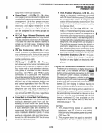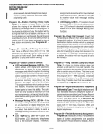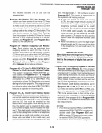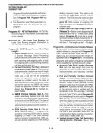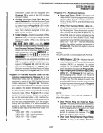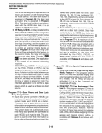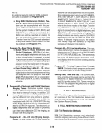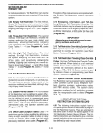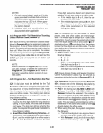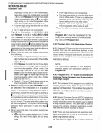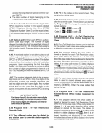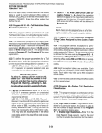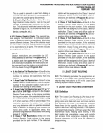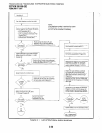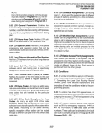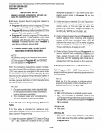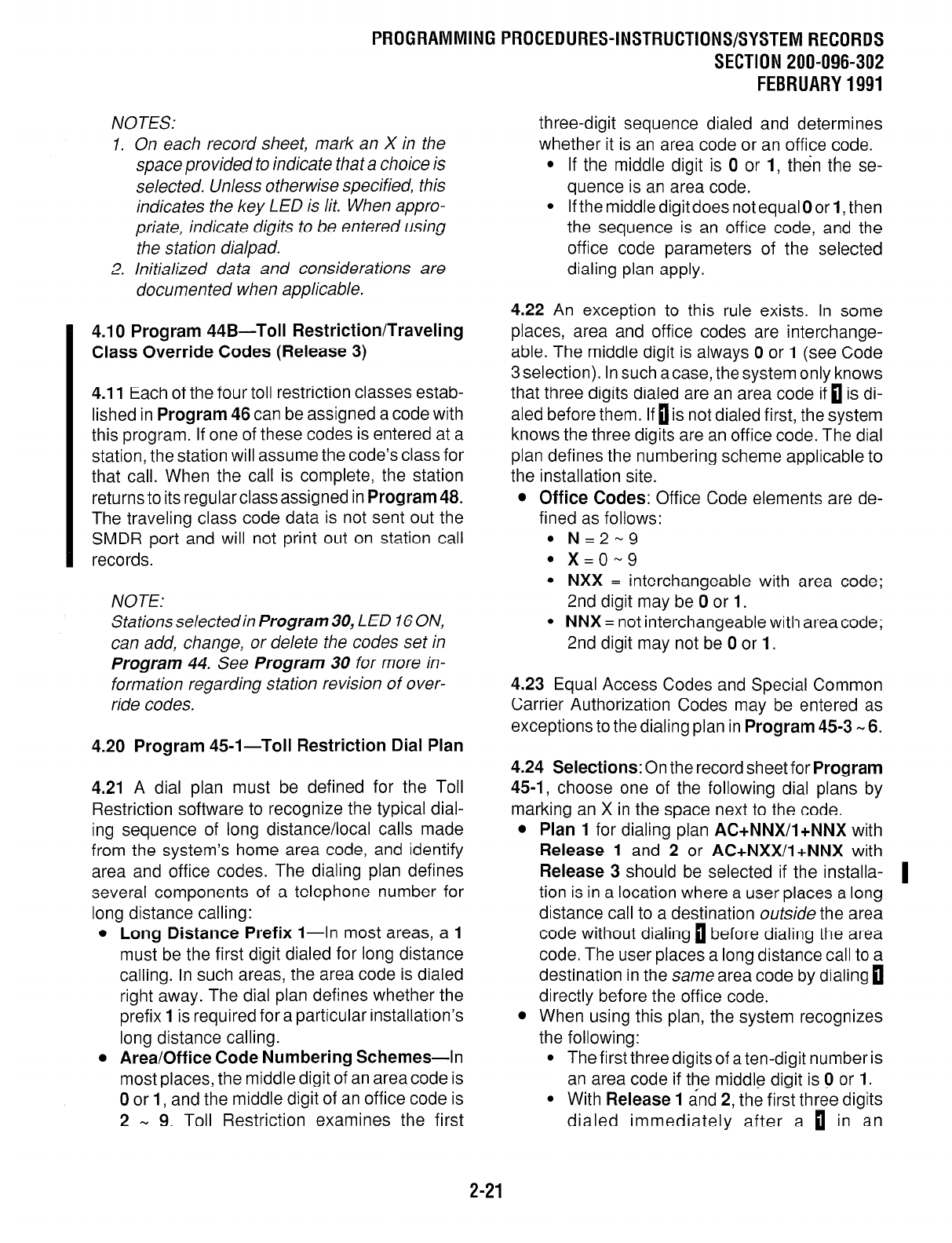
NOTES:
1. On each record sheet, mark an X in the
space provided to indicate that a choice is
selected. Unless otherwise specified, this
indicates the key LED is lit. When appro-
priate, indicate digits to be entered using
the station dialpad.
2. Initialized data and considerations are
documented when applicable.
4.10 Program 44B-Toll Restriction/Traveling
Class Override Codes (Release 3)
4.11 Each of the four toll restriction classes estab-
lished in Program 46 can be assigned a code with
this program. If one of these codes is entered at a
station, the station will assume the code’s class for
that call. When the call is complete, the station
returns to its regular class assigned in Program 48.
The traveling class code data is not sent out the
SMDR port and will not print out on station call
records.
NOTE:
Stations selected in Program 30, LED 16 ON,
can add, change, or delete the codes set in
Program 44. See Program 30 for more in-
formation regarding station revision of over-
ride codes.
4.20 Program 45-I-Toll Restriction Dial Plan
4.21 A dial plan must be defined for the Toll
Restriction software to recognize the typical dial-
ing sequence of long distance/local calls made
from the system’s home area code, and identify
area and office codes. The dialing plan defines
several components of a telephone number for
long distance calling:
l
Long Distance Prefix I-In most areas, a 1
must be the first digit dialed for long distance
calling. In such areas, the area code is dialed
right away. The dial plan defines whether the
prefix 1 is required for a particular installation’s
long distance calling.
l
Area/Office Code Numbering Schemes-In
most places, the middle digit of an area code is
0 or 1, and the middle digit of an office code is
2-
9. Toll Restriction examines the first
PROGRAMMINGPROCEDURES-INSTRUCTIONS/SYSTEMRECORDS
SECTION 200-096-302
FEBRUARY1991
three-digit sequence dialed and determines
whether it is an area code or an office code.
l
If the middle digit is 0 or 1, then
the se-
quence is an area code.
l
IfthemiddledigitdoesnotequalOorl,then
the sequence is an office code, and the
office code parameters of the selected
dialing plan apply.
4.22 An exception to this rule exists. In some
places, area and office codes are interchange-
able. The middle digit is always 0 or 1 (see Code
3 selection). In such a case, the system only knows
that three digits dialed are an area code if 0 is di-
aled before them. If 01 is not dialed first, the system
knows the three digits are an office code. The dial
plan defines the numbering scheme applicable to
the installation site.
l
Office Codes: Office Code elements are de-
fined as follows:
l N=2-9
l x=0-9
l
NXX = interchangeable with area code;
2nd digit may be 0 or 1.
l
NNX = not interchangeable with area code;
2nd digit may not be 0 or I.
4.23 Equal Access Codes and Special Common
Carrier Authorization Codes may be entered as
exceptions to the dialing plan in Program 45-3 m 6.
4.24 Selections: On the record sheet for Program
45-1, choose one of the following dial plans by
marking an X in the space next to the code.
l
Plan 1 for dialing plan AC+NNX/l+NNX with
Release 1 and 2 or AC+NXX/l+NNX with
Release 3 should be selected if the installa-
tion is in a location where a user places a long
distance call to a destination outside the area
code without dialing 0 before dialing the area
code. The user places a long distance call to a
destination in the same area code by dialing 0
directly before the office code.
l
When using this plan, the system recognizes
the following:
l
The first three digits of a ten-digit number is
an area code if the middle digit is 6 or 1.
l
With Release 1 and 2, the first three digits
dialed immediately after a 0 in an
2-21



